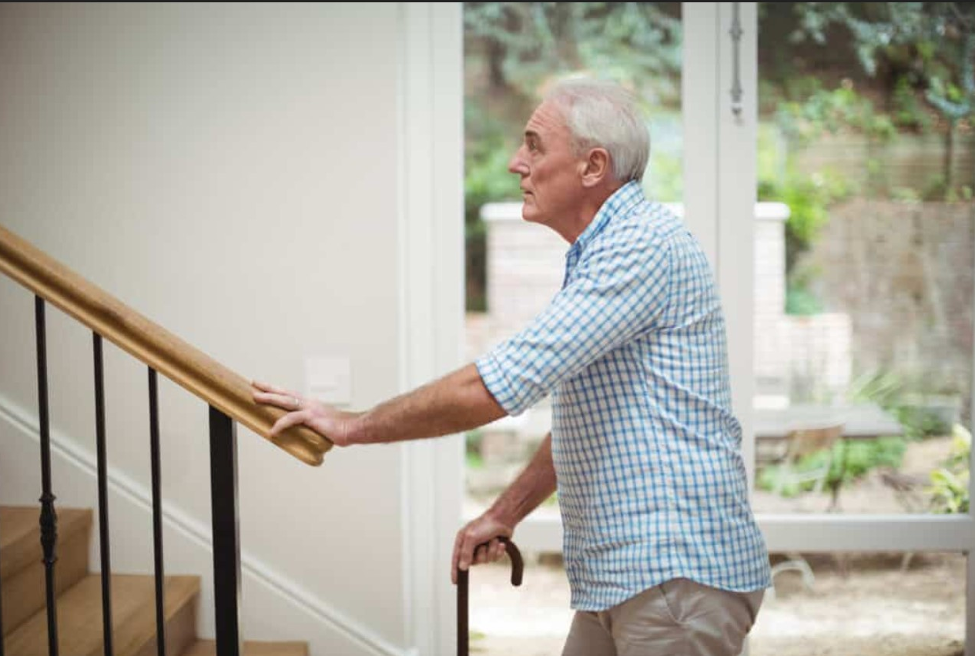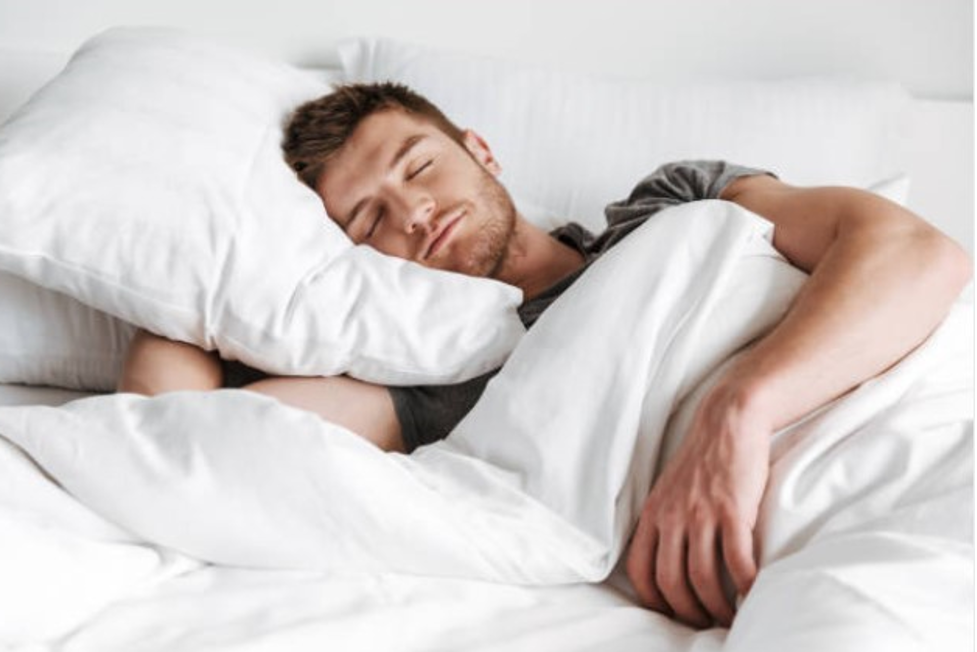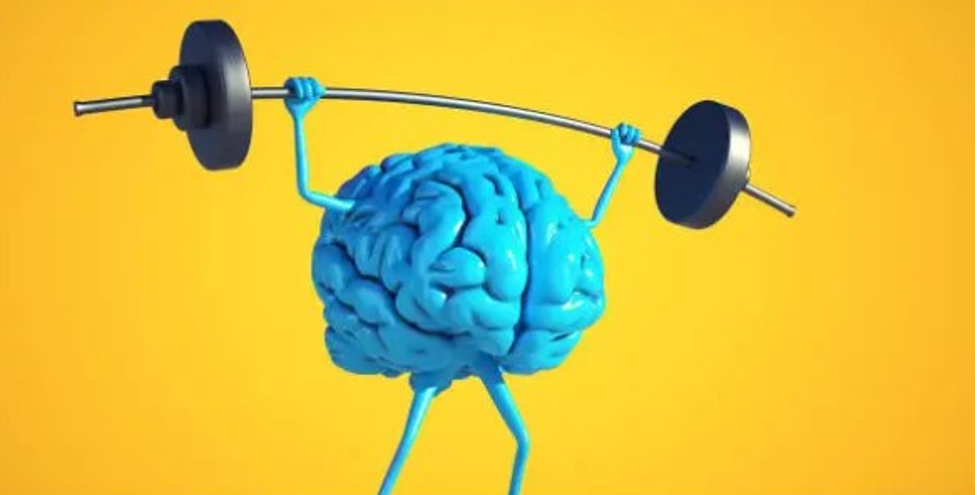Did you know that physical activity can increase your life expectancy up to SEVEN years?
It’s easy to get started. Even two flights of stairs climbed per day can lead to 6 lbs of weight loss over one year.
Intentional exercise can include anything from swimming to table tennis, dance, lifting weights or chair yoga. The most important part is that it is something that you can enjoy doing every week.
Luckily, it’s never too late to start exercising, and even a little bit is better than nothing. For adults 60 and older just 6,000-8,000 steps per day decreases the risk of premature death.
Exercise is ESSENTIAL for all ages to:
Build Strength and Stability
Because bone is living tissue, it changes over time in response to the forces placed upon it. When you exercise regularly, your bone adapts by building more bone and becoming denser.
Exercise can prevent or slow bone loss, maintain muscle mass to preserve and strengthen surrounding bone, and decrease the risk of falling.

Maintain Balance
Everyday activities such as climbing stairs, going grocery shopping, or playing with grandchildren require functional balance. Physically active people have a lower risk of functional limitations than people who are inactive. Balance training can be done at home, with clinical supervision, or in the community to the reduce risk of falls and the potential for hip fractures.

Improve Cardiovascular Health
Cardiovascular disease has become the leading cause of death globally. In 2015 approximately 17.9 million people around the world passed away due to largely preventable cardiovascular disease. With exercise, you can help to keep your heart healthy and strong as well as improve circulation around your body.
Prevention of Lifestyle Released Disease and Disability
It’s medically proven that people who do regular physical activity have lower risk of hypertension, coronary heart disease, stroke, type 2 diabetes, bowel cancer, and breast cancer. It is also hypothesized that 30 minutes of exercise a day might help reduce Alzheimer’s symptoms.
Support Mental Health
Exercise has been proven as a promising adjunct intervention for mood disorders, including bipolar and major depressive disorder. It can work to decrease stress and anxiety, supporting not only a health life, but a happy one too. Running for just 15 minutes a day may reduce the risk of depression by 26%.


Improve Sleep
Sleep is important for the body’s recovery. Study shows that 12 weeks of moderate-intensity aerobic and resistance exercise resulted in a 25% reduction in severity of sleep disordered breathing. Additionally, 4 months of aerobic exercise training in a sample of older adults with insomnia significantly improved sleep quality while also reducing daytime sleepiness and depressive symptoms. You can be a part of the 70% of physically active individuals report better sleep!

Improve Brain Health
Can you believe that engaging in a program of regular exercise of moderate intensity over six months or a year is associated with an increase in the volume of selected brain regions? Exercise acts directly on the body by encouraging production of growth factors — chemicals that affect the growth of new blood vessels in the brain, and even the abundance, survival, and overall health of new brain cells. Exercise therefore supports improvements in attention, memory across he lifespan. Tai chi shows the potential to enhance cognitive function in older adults, especially in the realm of executive function, which manages cognitive processes such as planning, working memory, attention, problem solving, and verbal reasoning.
Need some tips to get started?
- Dedicate a space to exercise
- Find a program or make a plan you can stick to
- Set an achievable goal
- Find a workout buddy
References:
- D. Reimers, G. Knapp, A. K. Reimers, «Does Physical Activity Increase Life Expectancy? A Review of the Literature», Journal of Aging Research, vol. 2012, Article ID 243958, 9 pages, 2012. https://doi.org/10.1155/2012/243958
Benefits of Taking the Stairs | Human Resources (duke.edu)
Paluch AE, Bajpai S, Bassett DR, et al. Daily steps and all-cause mortality: a meta-analysis of 15 international cohorts. Lancet Public Health. 2022;7(3):e219-e228. doi:10.1016/S2468-2667(21)00302-9
Exercise and Bone Health – OrthoInfo – AAOS
Tian D, Meng J. Exercise for Prevention and Relief of Cardiovascular Disease: Prognoses, Mechanisms, and Approaches. Oxid Med Cell Longev. 2019;2019:3756750. Published 2019 Apr 9. doi:10.1155/2019/3756750
Benefits of exercise – NHS (www.nhs.uk)
Hearing CM, Chang WC, Szuhany KL, Deckersbach T, Nierenberg AA, Sylvia LG. Physical Exercise for Treatment of Mood Disorders: A Critical Review. Curr Behav Neurosci Rep. 2016;3(4):350-359. doi:10.1007/s40473-016-0089-y
Kline CE. The Bidirectional Relationship Between Exercise and Sleep: Implications for Exercise Adherence and Sleep Improvement. American Journal of Lifestyle Medicine. 2014;8(6):375-379. doi:10.1177/1559827614544437
How Can Exercise Affect Sleep? | Sleep Foundation
Wayne PM, Walsh JN, Taylor-Piliae RE, et al. Effect of tai chi on cognitive performance in older adults: systematic review and meta-analysis. J Am Geriatr Soc. 2014;62(1):25-39. doi:10.1111/jgs.12611
Exercise can boost your memory and thinking skills – Harvard Health
Wang Y and Ashokan K (2021) Physical Exercise: An Overview of Benefits From Psychological Level to Genetics and Beyond. Front. Physiol. 12:731858. doi: 10.3389/fphys.2021.731858


